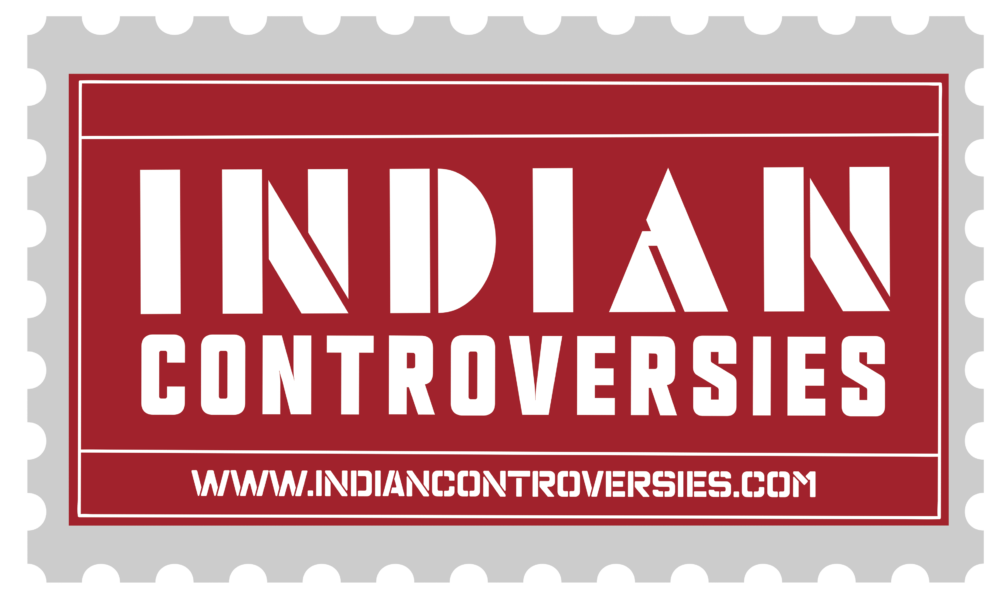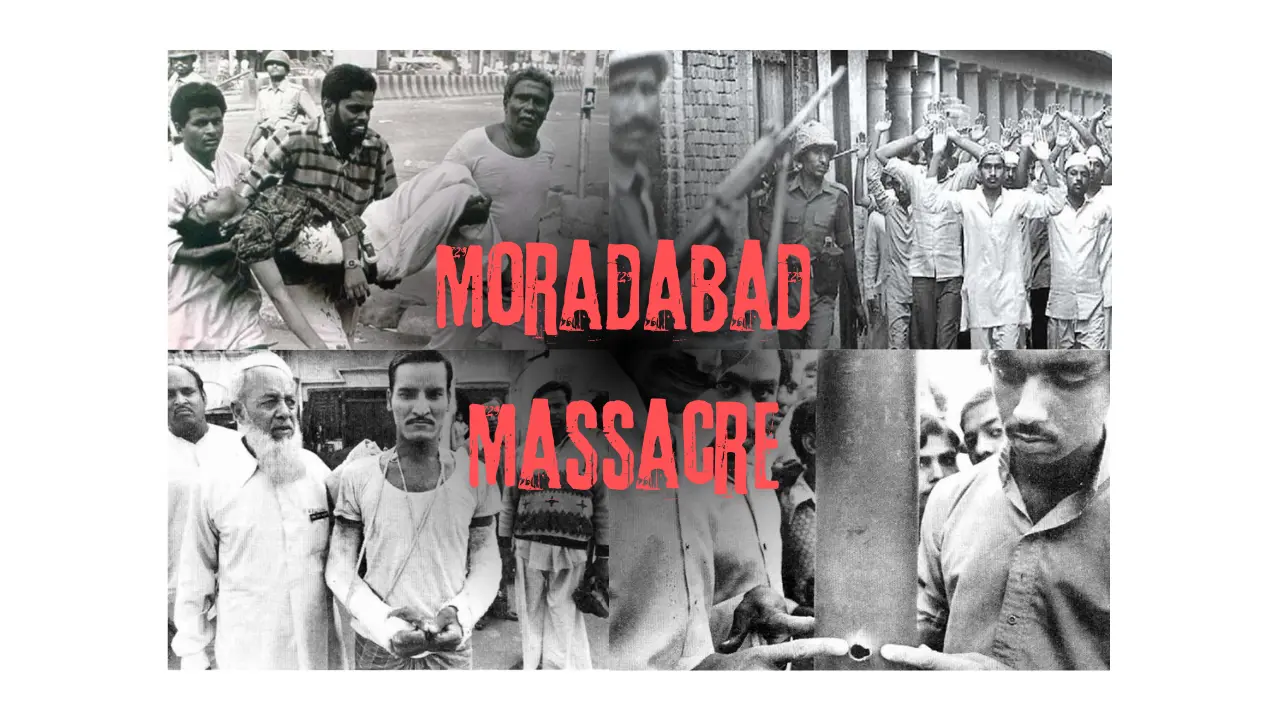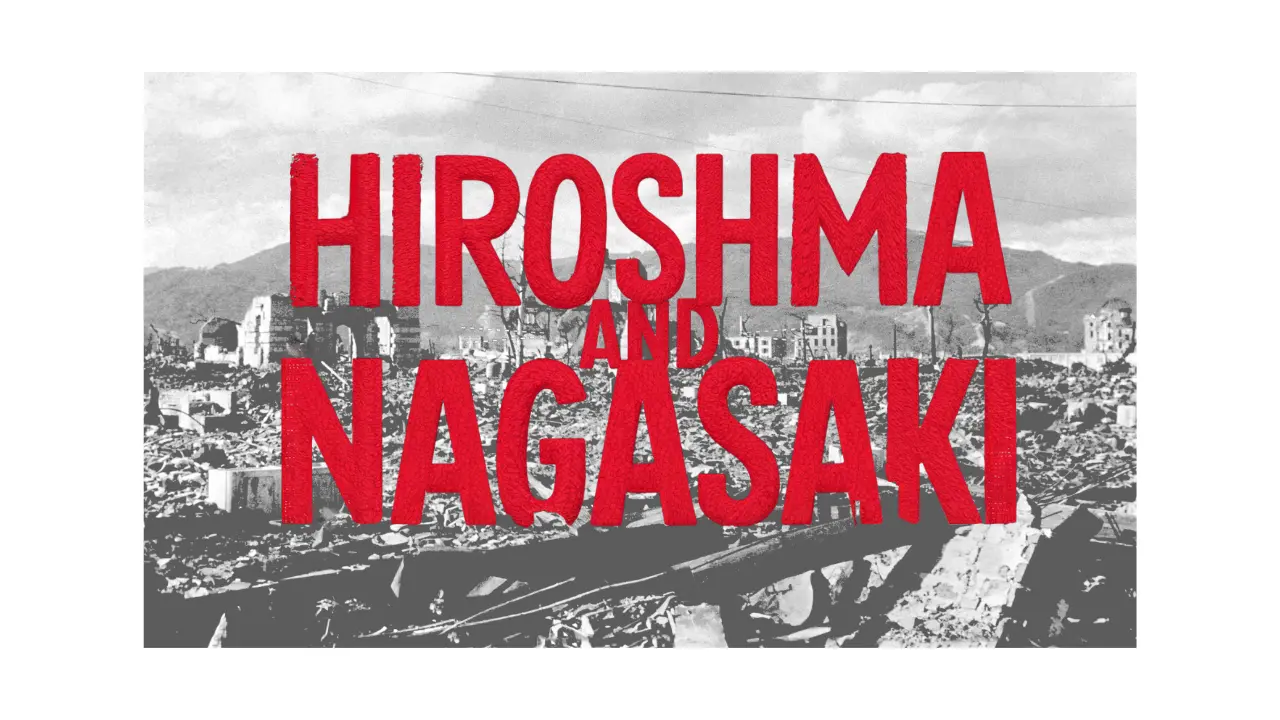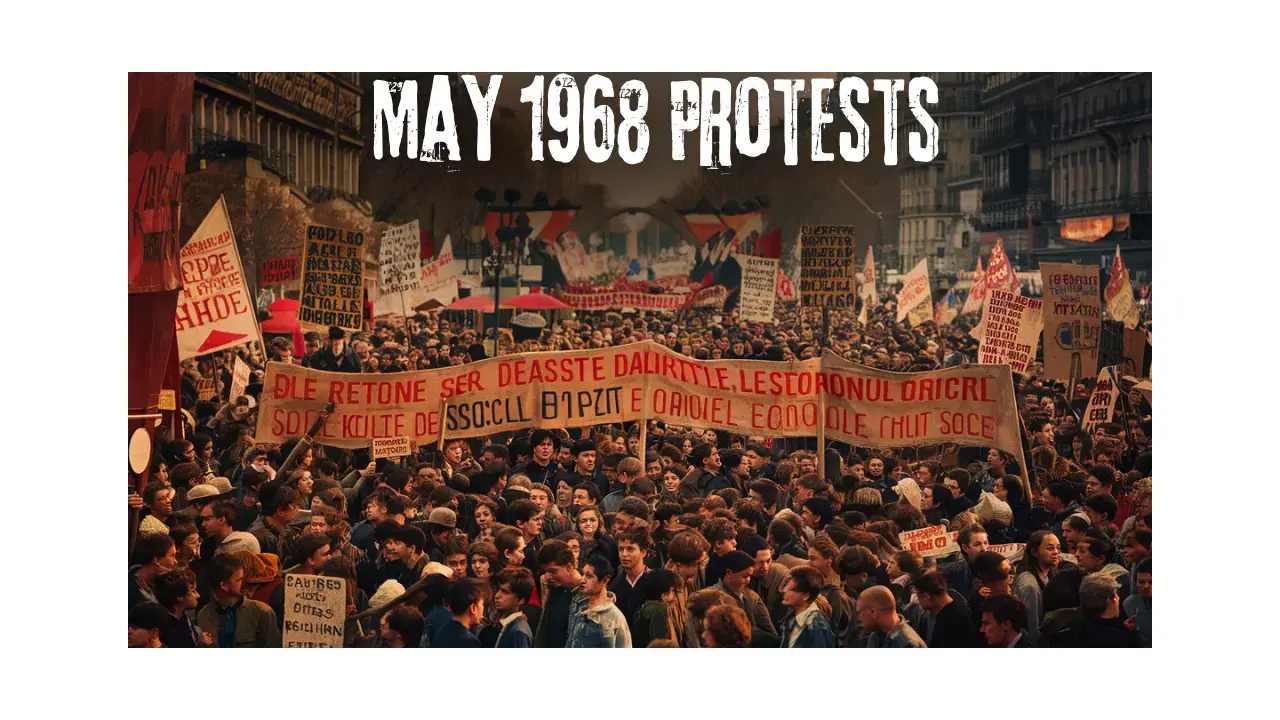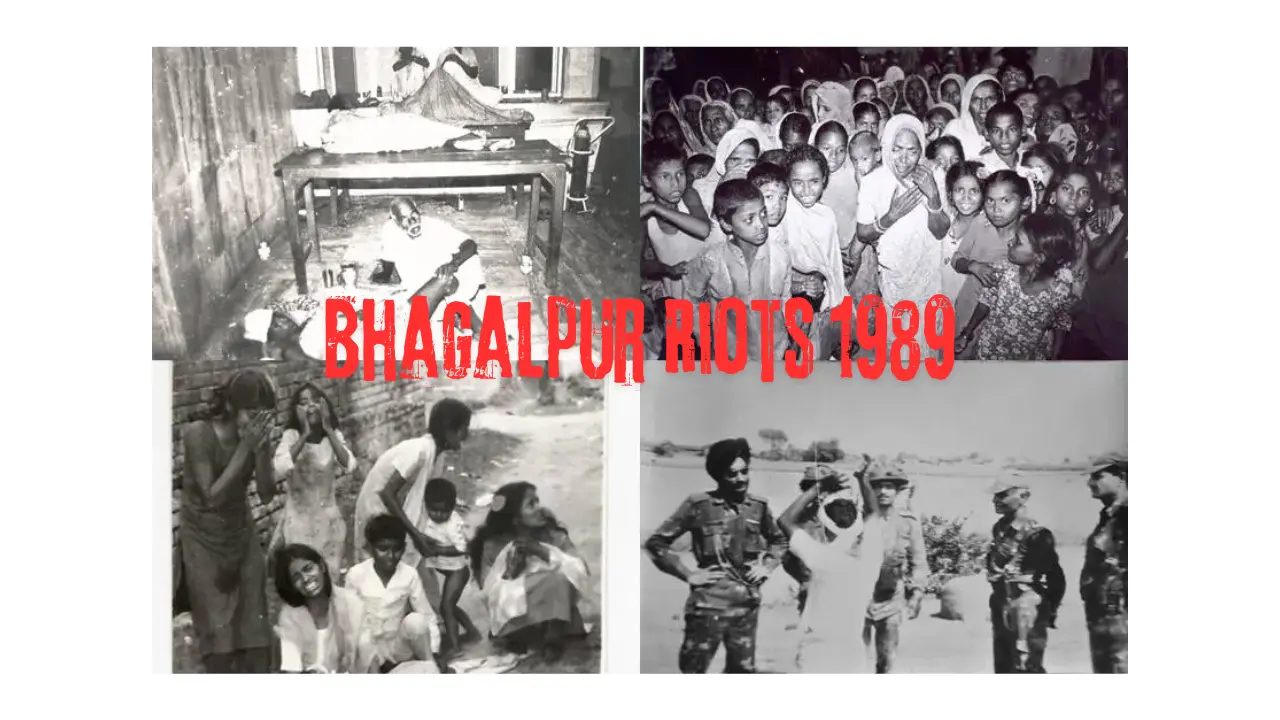A classic case of history repeating itself
The 1980 Moradabad riots, also known as the Moradabad Muslim Massacre, unfolded in the Indian city of Moradabad from August to November 1980. This saga of violence began when a pig entered the local Idgah during the Eid festival prayer on August 13. Local Muslims asked the police to remove the pig, but the police refused, leading to a confrontation. The police responded with indiscriminate firing, resulting in over one hundred deaths. This set the stage for the infamous Moradabad riots.
The spark that ignited the Moradabad riots
The Moradabad riots didn’t start as a Hindu-Muslim conflict, but they certainly escalated into one. The police’s refusal to act and their subsequent brutal response to the Muslims’ plea triggered the violence. The initial firing claimed over 100 lives, and this was only the beginning. The riots continued until November, marked by arson, looting, and murders, morphing into a full-blown religious conflict. While the government acknowledged 400 deaths and compensated the victims’ families, unofficial estimates suggest the toll could be as high as 2,500. These Moradabad riots left a permanent scar on the city, significantly impacting its brassware industry.
Who’s to blame for the Moradabad Riots?
Journalist and BJP MP MJ Akbar described the Moradabad riots as a “calculated cold-blooded massacre of Muslims by a rabidly communal police force.” According to him, it was a genocide masked as a communal riot. EPW correspondent Krishna Gandhi, however, had a different take. He asserted that “a group of criminals supported by ML leaders” instigated the violence, and the police’s excessive force was a response to Muslim attacks on policemen. These conflicting narratives add to the complexity and controversy surrounding the Moradabad riots.
The never-ending blame game of the Moradabad Riots
In a curious twist, a judicial commission report tabled in the Uttar Pradesh Assembly 40 years after the Moradabad riots cleared government officers, employees, and Hindus of any responsibility. The report blamed the riots on two Muslim League leaders, Hamid Hussain alias Ajji and Shamim Ahmad. This revelation raises questions about the timing and motives behind making this report public. The Moradabad riots, it seems, remain an unresolved and contentious issue, with the blame game continuing to this day.
In conclusion, the Moradabad riots of 1980 stand as a stark reminder of the communal tensions that have plagued India for centuries. The incident, marked by violence, loss of lives, and political blame games, highlights the deep-seated issues within society. Whether it was a cold-blooded massacre or a reactionary police action, the Moradabad riots remain a tragic chapter in India’s history.
